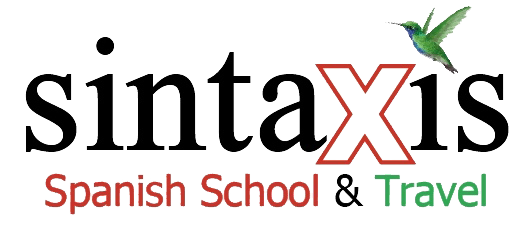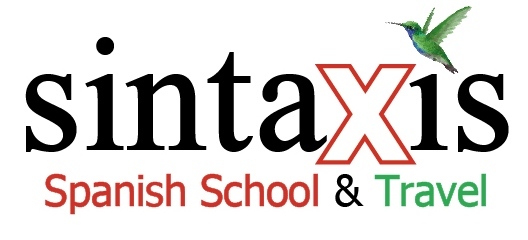Samona lodge Cuyabeno (5 day / 4 nights) CUYRE5

During this 5 day trip to the jungle (rain forest) of Ecuador in the Cuyabeno national reserve you will get the chance to explore the Amazonas. Excellent tour guides, beautiful colors and several species of birds, monkeys and other animals are waiting for you!

| Description: | Cuyabeno reserve - 5 Days | |
| Code: | CUYRE5 | |
| Location: | Cuyabeno Reserve | |
| Duration: | 5 Days / 4 Nights | |
| Price: | 330 US$ | |

|
DAY 1 Quito - Lago Agrio - El Puente: Flight (10:30 a.m. – 20 mins.) or bus ride (one day before – 8 hour ride) to Lago Agrio. Drive from Lago Agrio to El Puente. Afternoon: Canoe trip down the Cuyabeno River to our camp site. Night: dinner and exciting night walk. |
 |
|
DAY 2 Cuyabeno river: Morning: trek into the primary rain forest to learn about medicinal plants, biological flora, and fauna. Afternoon: journey downstream to relax and enjoy the surrounding nature on tubes (water tubing). |
 |
|
DAY 3 Cuyabeno river: Morning: paddle by traditional dug-out canoe on the Caiman-Coca (Laguna Del Caiman) to enjoy the natural uniqueness. Afternoon: hike in the primary forest including lessons in the use of plants for survival. Late Afternoon: relax, swim, and enjoy the sunset on the magnificent Laguna Grande. |
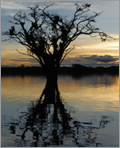 |
|
DAY 4 Cuyabeno River: Morning: walk to the Tarapuy Siona Community. Our naturalist guide will explain the culture and traditions of the native people. Afternoon: Searching for dolphins in the lake. Night: canoe trip in search of caimans (alligators). |
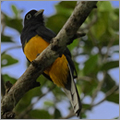 |
|
DAY 4 Cuyabeno River: Morning: Early morning bird watching. Journey up Cuyabeno River to El Puente. Drive to Lago Agrio (arrive in Largo Agrio at 16:00). Flight or bus ride back to Quito. |
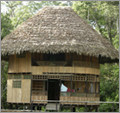 |
|
Services:
|
|
|
Excluded:
|
|
|
Cuyabeno Reserve The Cuyabeno Reserve was created in 1979 and it covers over 600,000 ha of untainted rainforest around the Río Cuyabeno. The reserve can be accessed from Lago Agrio and it has become an important tourist destination. Frequently seen fauna include several species of monkey, birds, caimans, turtles, and conga ants. Freshwater dolphins, giant armadillos, anacondas, and manatees are also occasionally spotted. A variety of indigenous groups, including the Cofan, the Siona, and the Secoya have traditionally inhabited the area. Recently, the Lowland Quichuas have immigrated to the area. Some of these indigenous communities are involved in "Indigenous Community Controlled Ecotourism," and offer jungle tours that support responsible tourism. |
|
